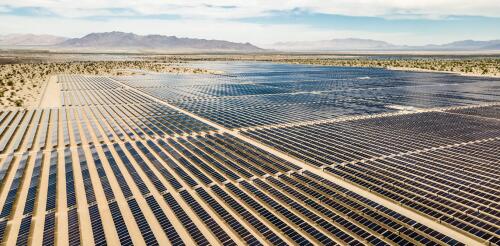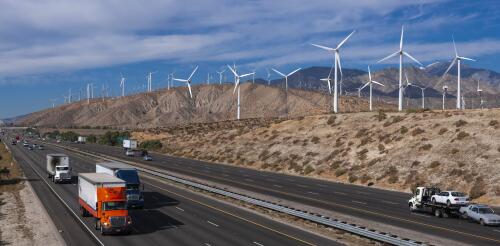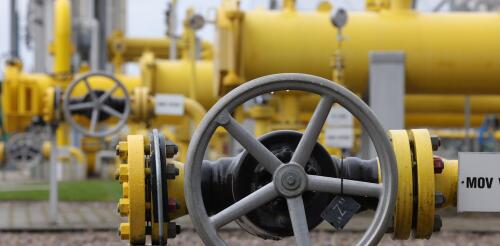Energy policy
The United States is producing more oil and natural gas today than ever before, and far more than any other country. So, what roles did the Trump-Pence and Biden-Harris administrations play in this surge? The answer might surprise you, given the way each has talked publicly about fossil fuels: former President Donald Trump embracing them, and President Joe Biden and Vice President Kamala Harris focusing on reducing fossil fuel use to fight climate change. Under each of the three most recent presidencies, Republican and Democratic alike, U.S. oil and gas production was higher at the end of the administration’s term than at the beginning. That production has both pros and cons. Together, oil and gas account for nearly three-quarters of U.S. energy consumption. Producing oil and gas in the U.S. provides energy security, and high production generally keeps prices down. Burning oil and gas, however, releases carbon dioxide into the air, contributing to climate change. And nat...
Although Vice President Kamala Harris touts clean energy and Donald Trump makes misleading assertions and false claims about it, neither candidate has set forth a comprehensive energy plan. Even if they do, a gridlocked Congress would be unlikely to pass it. Instead, the next president’s greatest influence on clean energy will come through their handling of legislation and regulations put in place since 2021 under the Biden-Harris administration. As an environmental engineer who studies energy and climate change, I expect that Harris, who has strongly supported these policies, would follow through on them, while Trump’s record as president suggests that he would try to roll them back. Trade policies toward China, the leading producer of clean energy technologies, will also be key. Donald Trump and Kamala Harris discuss clean energy policy during their presidential campaign debate on Sept. 10, 2024. Legislation and regulations Th...
California is embarking on an audacious new climate plan that aims to eliminate the state’s greenhouse gas footprint by 2045, and in the process, slash emissions far beyond its borders. The blueprint calls for massive transformations in industry, energy and transportation, as well as changes in institutions and human behaviors. These transformations won’t be easy. Two years of developing the plan have exposed myriad challenges and tensions, including environmental justice, affordability and local rule. For example, the San Francisco Fire Commission had prohibited batteries with more than 20 kilowatt-hours of power storage in homes, severely limiting the ability to store solar electricity from rooftop solar panels for all those times when the sun isn’t shining. More broadly, local opposition to new transmission lines, large-scale solar and wind facilities, substations for truck charging, and oil refinery conversions to produce renewable diesel will slow the tran...
Russia’s effort to conscript 300,000 reservists to counter Ukraine’s military advances in Kharkiv has drawn a lot of attention from military and political analysts. But there’s also a potential energy angle. Energy conflicts between Russia and Europe are escalating and likely could worsen as winter approaches. One might assume that energy workers, who provide fuel and export revenue that Russia desperately needs, are too valuable to the war effort to be conscripted. So far, banking and information technology workers have received an official nod to stay in their jobs. The situation for oil and gas workers is murkier, including swirling bits of Russian media disinformation about whether the sector will or won’t be targeted for mobilization. Either way, I expect Russia’s oil and gas operations to be destabilized by the next phase of the war. The explosions in September 2022 that damaged the Nord Stream 1 and 2 gas pipelines from Russia to Europe, an...



